Before starting this post proper, we’d like to extend a big ‘thank you’ to Nathan Greenberg, who invited us to visit the Kondae area, gave us a bunch of tips, and met up with us to show us around. Nathan plays in the band Tierpark and is a co-founder and writer for the music website The Ampeater Review.
Konkuk University Station, like a lot of other stations in the city, is situated at the intersection of two large roads, in this case Achasan-ro (아차산로) and Neungdong-ro (능동로), dividing the neighborhood into four neat quadrants. Each quadrant has a distinct character, so, like a boxing doubleheader, let’s take a look at what’s in each corner. We’ll start northeast of the station, at the university that gives the station its name.
When I arrived, I stepped out of Exit 4 and took an immediate left so that the Konkuk University hospital was on my left and some pigeons roosting on the concrete ledge of the elevated Line 2 tracks were on my right. From there, the first left led to Konkuk University’s (건국대학교) main gate.
Kondae’s campus, like most in the city, is pleasant, though not one to awe or romance you with its beauty or tradition. A few aspects do stand out though. One is the collection of large, perhaps 1.5 meter by 1.5 meter stones that line the main drive. Some of the stones show the development of various writing systems – Greek, Roman, Chinese – but most come from various countries all across the globe and are inscribed with an inspirational saying or a bit of wisdom from that country, in the native language on the front and in Korean and English translations on the back. I spent some time reviewing several of the stones, and their messages ranged from, in China’s case, sagacious – ‘A scholar should be the first to become concerned with the world’s troubles and the last to rejoice in the happiness.’ – to, in Britain’s case, pompous – ‘The History Of England Is Emphatically The History Of Progress.’ – to, in the motherland’s, truncated – ‘Life, liberty, and the pursuit of happiness.’ Also, if you have any hot-tempered Flemish friends, you might want to steer them away from the bi-lingual Belgian stone, which is labeled on the back as being in French and German. Oops.
The stones and the road they’re on lead, as do most main roads on Seoul campuses, up to a statue of a prominent university figure, in this case Kondae’s founder, 유석창 (Dr. Yoo Suk-Chang). I’ve seen quite a few of these types of monuments already, but I think that so far this one is my favorite, as Yoo seems caught mid-lecture, with a book folded in his right hand and his left held up as if gesturing to make a point to the students before him.
The Kondae campus’ dominant feature is the jade Ilgam Lake (일감호) at its center. Ilgam is manmade, and its perfectly straight edges lined with uniform stones detracted from its charm, for me at least, but still, how many campuses in Seoul have their own lake? Ilgam’s southern edge is just across a narrow two-lane road from some small apartments, but it’s surrounded on its other three sides by university buildings and green space. A small island sits in the middle, around the edge of which a few ducks were hanging out.
I walked counterclockwise around the lake’s perimeter, and on the east side I came to 설립자묘소 (founder’s burial ground). Below this large burial mound is where Yoo, and his wife are interred. Fronting the earthen half-rings that back the mound were twenty or so large shrubs, and behind the clearing a walking path wound through the trees.
It was currently the semester break following final exams when I turned up on campus so things were relatively quiet, but one noisy group of maybe three dozen students was sitting around outside a building not far past the tomb. They appeared to be members of a university club or perhaps students in the same department, and it looked as though they were getting ready to head out of town on MT; many of them had suitcases, a few had video camera equipment, and there was a large half-cut up watermelon on a table. Not long after I passed them they all burst into song.
Finally I came to the Former Seobukhak Academy Assembly Hall in Konkuk University (건국대학교 구서북학회회관) near the lake’s northwest edge. Red brick with large gray corner stones and a clock tower dome, it was originally built in 1908 in Nagwon-dong in Jongno to be the assembly hall for Seobukhak Academy, a patriotic organization for cultural enlightenment. According to the onsite plaque, Yoo came to be the owner of the building in 1939 and after independence it was there that Kondae was founded. The university moved to its new campus in 1956; twenty-one years later the assembly hall was disassembled, then reassembled in its current location in 1985. Today it’s recognized as Registered Cultural Property No. 53.
Inside the Assembly Hall is the university museum. It’s rather small, and only the first floor exhibit seemed to have any direct connection with the school. In it was a collection of personal articles that had belonged to Yoo, including his desk and hunting rifle. Upstairs were objects from days gone by: porcelain vases, hairpins, ceramic tteok pattern stamps, fabric circles with the Chinese character for luck that were meant to be sewn onto pillows so that their users could absorb the good juju while they slept.
Across Achasan-ro from the university and Exit 4, the neighborhood’s southeast quarter lies just over the river from Jamsil and Cheongdam, and much of those areas’ affluence and commercial sensibility seems to have migrated northward. The large Star City complex, complete with a Lotte department store, takes up a large swath of real estate beginning on the corner, and behind it are some very new, very expensive-looking apartment towers.
I took a stroll south down Neungdong-ro, which was lined with cafes, izakayas, nail shops, and other businesses, all of which looked rather new. There was also the Gwangjin Culture and Art Hall (광진문화예술회관) where a ballet about ballet would open in a few weeks and where the children’s show ‘어린이 캣츠’ (‘Kid Cats’) was just about to end its run. Though it was still nice, the neighborhood got less fancy and more residential the further I got from the station, and when I neared an elementary-middle-high school trio the sidewalks were filled with moms walking with their kids.
Though only a few lanes separate them, the east and west sides of Neungdong-ro have sharply diverging characters. I turned right out of Exit 5 and almost immediately took another right, onto Dongil-ro-20-gil (동일로20길), above which is a large orange sign that, in looping cursive script, marks it as one of Seoul’s several so-called Rodeo Fashion Streets (로데오 패션거리). The brick-paved road was lined with a wide variety of clothing stores, from brand name shops to little boutiques selling some of this and some of that. There was sportswear, hiking gear, shoes, suits, business casual, and all the rest. Almost as prevalent as clothing stores were restaurants and cafes. Things were pretty quiet when I passed through and I didn’t see much of anybody out shopping. A lot of that probably had to do with the fact that it was a Monday afternoon, but I suspected that the new development across the street had also sapped some of Rodeo’s business.
I kept walking west, and eventually the clothing shops of Rodeo petered out and the street turned back into Dongil-ro-20-gil, where there were some little restaurants, a barber, a place doing motor repairs, and about a dozen ajeosshis gathered around an ATV and making jokes about one of the guys’ pot belly.
The southwest’s other distinguishing feature is its thick Chinese presence. Though Seoul lacks what you could realistically call a Chinatown, there are several neighborhoods where Chinese and Joseonjok (Korean-Chinese) have gathered, among which are Daerim, Yeonhui-dong, and here. Stepping out of Exit 6, one of the first things I saw was an Industrial and Commercial Bank of China (ICBC) on the corner of Achasan-ro and Achasan-ro-30-gil (아차산로30길). I turned left on the latter (the first couple of blocks of which are also considered a part of Rodeo Street, with cosmetic and phone shops between more clothing boutiques) and after a few hundred meters came to Dongil-ro-18-gil (동일로18길), which is the backbone of the Chinese neighborhood and which should be a major destination for any self-respecting foodie.
What baffles me (and I’m pretty sure every other expat) is the sheer difficulty of finding authentic Chinese food in a megacity a mere two-hour flight from Beijing. Nothing against jajangmyeon or jjambbong, they’re way good, but they’re not Chinese food and why they’ve come to be the default idea of it in Korea is beyond me. Dongil-ro-18-gil’s Chinese restaurants, for real though, yo. There are almost as many Chinese characters on signboards as there is Hangeul and among the businesses that call this street home are currency exchanges, Chinese travel agencies, and a small Chinese grocer. There were also at least three street-side crane games that, instead of the usual mishmash of stuffed animals or things like flashlights, were filled with metal statuettes of Chinese deities. Good luck getting those out.
The up-down of Mandarin can be heard along the street and along with it come the smells of Chinese cooking, particularly the two things that the neighborhood specializes in: lamb skewers and Szechuan style hotpot. There are dozens of these places on the road, but the most famous is probably 매화반점 (Maehwa Banjeom), near the Neungdong-ro end of the street. In the evenings there’s almost always a queue, but it’s one you should probably get in. Next to a whiteboard outside where waiting parties write their name and group size, a worker, usually a chubby man in his late thirties, cooks lamb skewers over an open charcoal fire while Chinese pop or Eminem comes out of a small stereo next to him.
Maehwa’s skewers are probably the best I’ve had in Seoul, and their other dishes are nothing to sneeze at either. They do a pretty respectable lamb hotpot, served with a peanut dipping sauce to which you can add chilies, green onion, and coriander, and there are plenty of other Chinese staples like mapo tofu and stir fried tomato and egg too. In the refrigerator are large bottles of Harbin and Qingdao beer, and plenty of them seem to be consumed, as the atmosphere is always boisterous and conversations have to be conducted in a voice a few notches above normal.
Also in this working-class neighborhood is Norunsan Market (노룬산시장), a long covered stretch that runs from Dongil-ro (동일로) to Ttukseom-ro (뚝섬로). Below the arched frosted glass roof the air was cooler than it was outside, and there were big slabs of tofu and acorn jelly, piles of steaming pork trotters, and bright white, green, and pink tteok like gumballs. There were your standard rows of banchan, floppy little jjukkumi, enormous chamwoe, charcoal disks, and small grocers, tailors, and shoe shops. The most direct route to the market is to go straight out of Exit 6, turn left at Dongil-ro, and then turn left when you see the market entrance, just before an overpass, but you’ll also probably run into it by just wandering south and west from the Chinese restaurants.
Finally, the northwest quarter is where we’ll end our little tour, since this is probably where most days in the Kondae neighborhood end, as its alleys make up a bustling nightlife zone. There was a small crowd at the base of the Exit 2 stairs, gathered around what turned out to be an old woman seated on a plastic mat who had in front of her two puppies for sale, the animals asleep on a bed of shredded paper in a red plastic bin. And this was just the start of the carnival midway that was the sidewalk along Neungdong-ro. As I walked north I passed all manner of street-side carts and stalls. There were your typical pojangmachas and takoyaki stands and accessory stalls and saju and tarot huts, but there were also pop-up boutiques selling clothes, places that offered churros or sugarcane juice, takeaway cocktail bars, and one place doing henna tattoos.
The first left off of Neungdong-ro is Kondae Taste Street (건대맛의거리), a flurry of neon, LED, and competing stereo systems that’s the area’s main artery of bars and restaurants. On weekend nights it’s packed, predictably, with twenty- and thirty-somethings out eating and drinking, activity that spills over onto many of the surrounding streets. Its energy and collegiate demographics reminded me very much of Sinchon, only on a smaller scale, with a couple other small differences. One was that immediately off the area’s main side streets, on its sub-side streets, the neighborhood was filled with red brick apartments; in a way that’s not the case across town this was also a very residential neighborhood. There was also a significant number of a particular type of bar that I’d never seen in Sinchon or Hongdae (though I certainly could have just been oblivious of it there). I don’t know if these kinds of places have a specific name, but they act as more low-key booking clubs, where young singles go to be paired up by the staff. From the description of them that I was given the best way I could maybe describe them are as insta-sogaeting bars, where blind dates are set up quick and easy, without the necessity of a mutual friend playing matchmaker. Around 10:30 on a Saturday night, quite a few of these places had long lines of people waiting to get in, the queues neatly layered into separate groups of boys and girls, everyone waiting politely until they got inside to start a conversation with someone of the opposite gender.


Konkuk University (건국대학교)
Exit 4
Turn left out of entrance
Rodeo Fashion Streets (로데오 패션거리)
Exit 5
Turn right out of entrance, Right on Dongil-ro-20-gil (동일로20길)
Dongil-ro-18-gil’s Chinese restaurants
Exit 6
Left on Achasan-ro-30-gil (아차산로30길)
매화반점 (Maehwa Banjeom)
Exit 6
Left on Achasan-ro-30-gil (아차산로30길), Left on Dongil-ro-18-gil (동일로18길)
02) 498-1939
Norunsan Market (노룬산시장)
Exit 6
Straight on Achasan-ro (아차산로), Left on Dongil-ro (동일로), Left at market entrance
Kondae Taste Street (건대맛의거리)
Exit 2
Left out of exit, then the first left




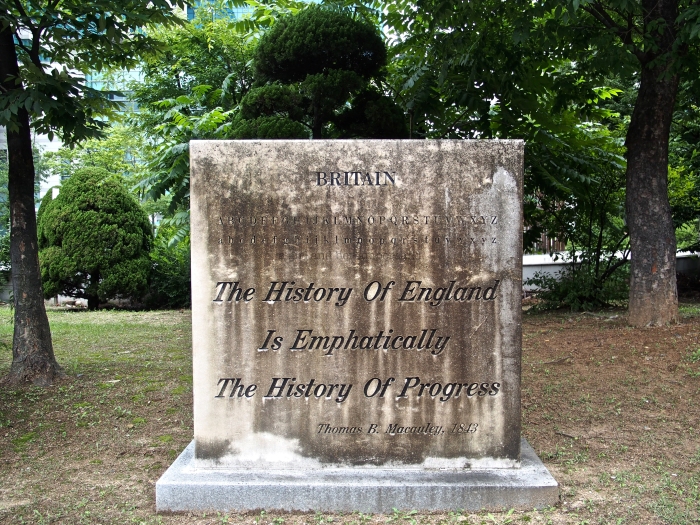







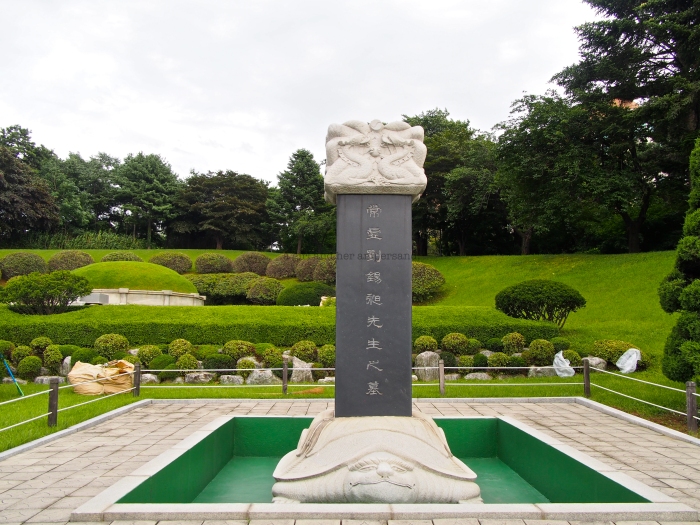

















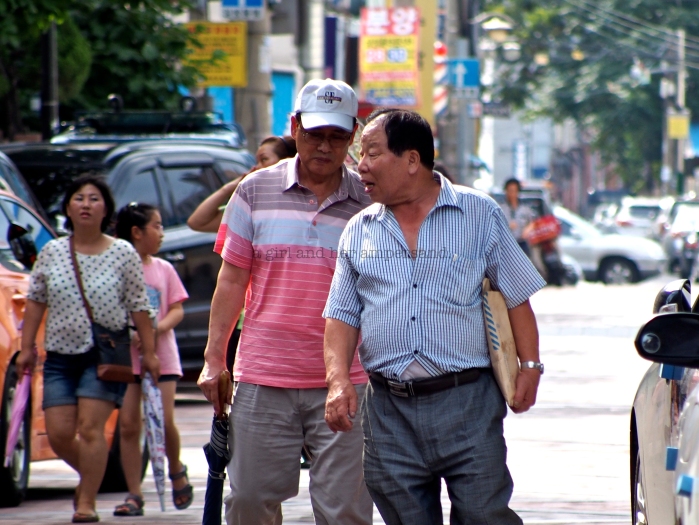
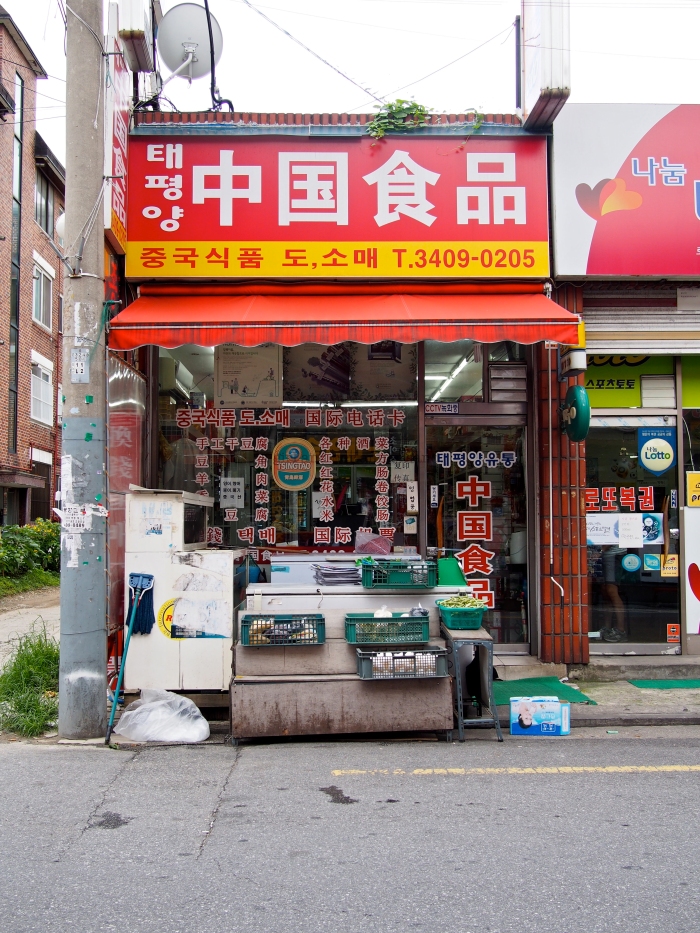






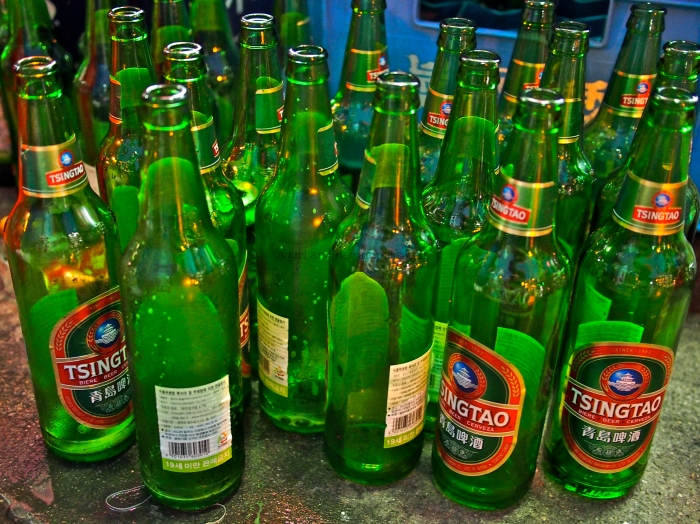












Reblogged this on Like it, See it, Do it! and commented:
Definitely on my must-go list now!
I really love this blog so I recommended it to my foreign friends! However, the name of this station is not 건대잎구 but 건대입구 🙂 입구 means entrance and 잎 is for leaves! 🙂
앗! 맞아요. 잘 못 썼어요. 잘 찾았어요, 미림 편집자님! Thanks for the help, and thanks for reading!
Pingback: 7 Shopping Places in Seoul You Might Not Know About
Just wondering if you know what the operating hours are for the marketd? I love going to do shop food shopping!
Sorry, but I don’t know the exact hours, or even if there are any.
Pingback: Top 7 địa chỉ mua sắm ở Seoul mà bạn không thể không ghé thăm
Pingback: 7 địa chỉ mua sắm ở Seoul có thể bạn chưa biết - TripZilla Vietnam
Pingback: 7 địa chỉ mua sắm ở Seoul có thể bạn chưa biết - TripZilla Vietnam